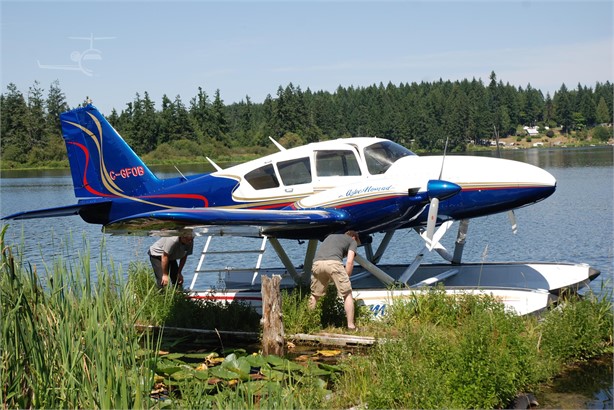We had no shortage of characters at BTP. All of the guys who were flying there when I arrived had been in the Army. Dave and BS had been in Viet Nam. I mentioned that BS flew helicopters and I mentioned earlier, that this was a dangerous operation, because the chopper was a big aiming point. Dave was in the infantry, a grunt and had been wounded, receiving the Purple Heart.
We were all kind of calm, relaxed and laid back, but we had all faced the possibility that our young lives could have been snuffed out early.
I've told you about 2 people I had flown with who were killed flying airplanes. The scenario of our potential for sudden death had been considered by all of us. We were not fatalistic, in fact, we were just the opposite. We all believed we were OK and should continue dealing with the problem, as long as the airplane was moving and that we would remain calm and be able to make the appropriate corrections. This was not arrogance, just confidence. We all strove to be as wise and careful as possible.
We tried to infuse our students with this kind of thinking. Don't give up, don't panic, keep trying to deal with the problem, recover from your mistakes.
Here we are at one of our meetings.
One of our favorite students was the late, great John "Sky Prince" Phillips. He was Jim's student when Jim was still mostly doing instruction. John had lots of free time. He was self employed and we were never totally sure what he did for a living. He said he was in sales and that he was working on an automated telemarketing machine, that would just start dialing random numbers and then he would have people who would get on the phone to try to sell whatever it was he was selling. I think I am still being bothered by one of those machines to this day.
We also called him JP, so I'll use that to economize on my typing. However, I think I should explain why we called him Sky Prince.
When we were all kids, there was a TV show called Sky King. It was about a guy who owned a ranch and flew around with his niece and nephew in his Cessna 310, the Songbird. See the photo above.
Sky was always flying around catching bad guys and rescuing good guys and of course, was a great pilot. How could you not be, with a name like Sky King?
So along comes JP and he starts calling Jim Weber Sky King. This was appropriate, because we all believed Weber was the best pilot at the airport and maybe the best we would ever know. When he was my instructor and I would screw something up, I would look at him out of the corner of my eye and he seemed to be half asleep, I thought maybe he had missed the mess up. But nooo!!! He always got it and mentioned it in the debrief. Damn you Weber.
This does not take anything away from all the other guys there, they were excellent. I learned lots from all of them.
I don't want to give too much away to those who don't know the rest of the story, but Sky Prince shows up later in my life.


.png)








